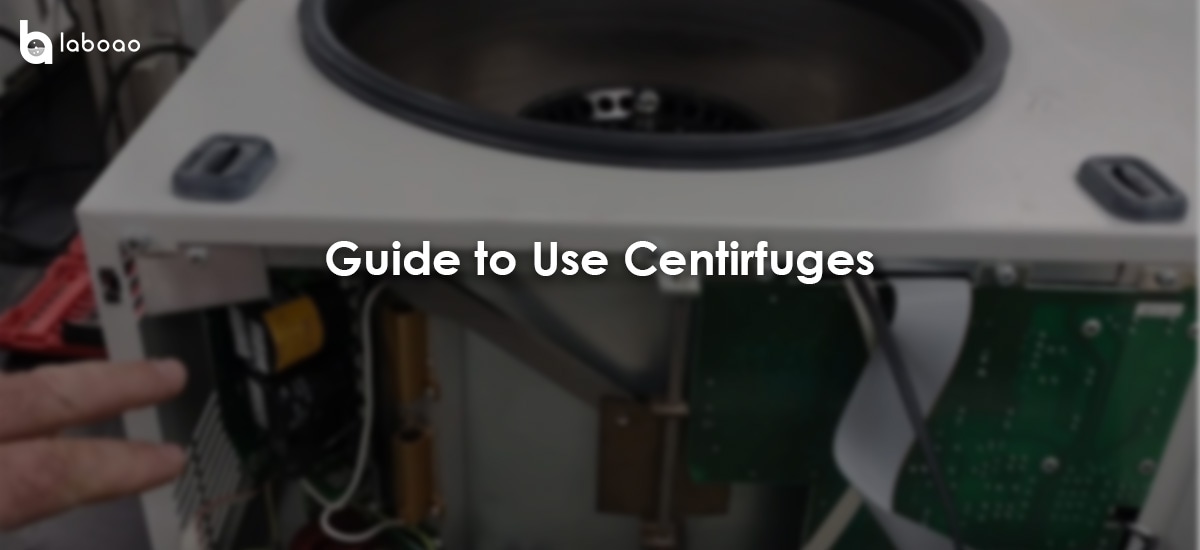
Laboratory centrifuges are used in a wide range of applications, including the separation of blood, the study of viruses, the study of DNA, the purification of pharmaceuticals and the separation of particles of different densities in solutions. It is an experimental instrument for production and research units in radioimmunology, biochemistry, environmental protection, etc.
Common faults and solutions of laboratory centrifuges
1. after power on, the motor does not turn: first of all, the power cord, plug, socket to check, if there is damage should be replaced, such as no problem to check whether the band switch or varistor is damaged or connected to the line open. If damaged or disconnected, replace the damaged components and re-weld the connecting wire. If there is no problem, check whether the magnetic field coil of the motor is broken off or disconnected (internal), if the coil is broken off, it can be re-welded, if the coil is disconnected internally, it can only re-wind the coil.
2. motor speed can not reach the rated speed: first check the bearings, such as bearing damage to replace the bearings. If there is lack of oil or too much dirt inside the bearing, clean the bearing and fill it with grease. Check whether there is any abnormality on the surface of the rectifier or whether the brush fits with the surface of the rectifier, if there is any abnormality on the surface of the rectifier, such as a layer of oxide, then apply fine sandpaper to polish it. If the rectifier and brush fit does not match should be adjusted to a good state of contact such as no above problems are checked in the rotor coil, whether there is a short circuit phenomenon, if there should be re-winding the coil.
3. violent vibration, noise: check whether there is a problem of imbalance, fixed machine nuts loose, if so, tighten; check whether the bearing is damaged or bent, if so, replace the bearing; machine outer cover deformation or incorrect position of friction, if so, adjust it.
4. low-speed gear cannot be started when it is cold: the lubricant coagulates or the lubricant deteriorates and dries up and sticks, at the beginning, the hand can be used to help re-rotate or clean and then take the initiative to re-lubricate.
5. The gap between the rectifier and the brush is too large: check whether the surface of the rectifier is flat, if the surface is not flat you can use sandpaper to polish it, if the problem is poor contact between the brush and the rectifier, if the contact is poor then use fine sandpaper to polish its parts and readjust the fit between the brush and the rectifier.
6. eccentric centrifugal head: ask professionals to investigate and repair, first open the bottom cover, check whether the three pillars of the motor is eccentric, adjust it.
7. The phenomenon of wheezing.
(1) On the one hand, it may be due to the accumulation of scale in the condenser. Once the condenser is scaled, it will lead to an increase in heat transfer resistance and a reduction in the heat exchange effect, so that the condensing temperature rises or the evaporation temperature decreases. In addition, if the water quality is not treated or not maintained in place, it will also cause sand, impurities, algae and other things to precipitate on the inner surface of the heat exchanger tube, which in turn will cause the condensing pressure to rise and lead to the centrifuge wheezing to occur.
(2) On the other hand, that may be the refrigeration system has air, when the centrifuge group operation, due to the evaporator and low-pressure pipeline are in a vacuum state, so the connection is very easy to infiltrate air, in addition, air is non-condensable gas, adiabatic index is very high, about 1:4, so when the air condensation in the upper condenser, resulting in condensing pressure and condensing temperature rise, will also lead to centrifuges appear wheezing now phenomenon.
(2) In addition, if the cooling water circulation in the cooling tower is insufficient, the temperature of the incoming water is too high and so on, this can lead to the phenomenon of centrifugal oscillation. At the same time, there are many possibilities, such as the evaporator evaporation temperature is too low, or shutdown When the angle of the guide vane is not small and reduce the pressure of the centrifuge exhaust port, which may cause the centrifuge to wheeze.